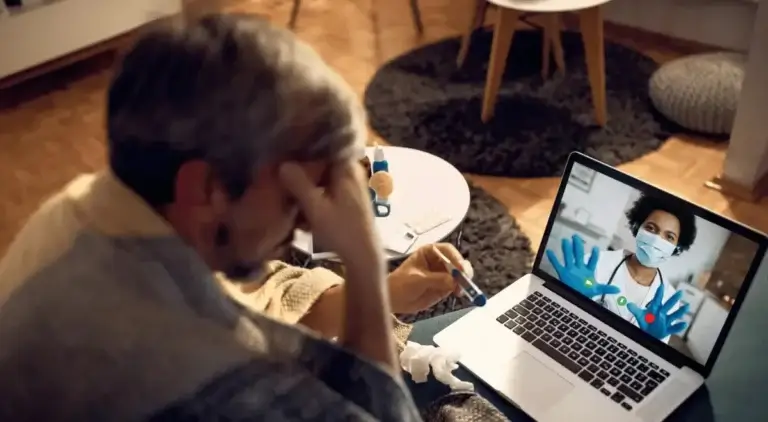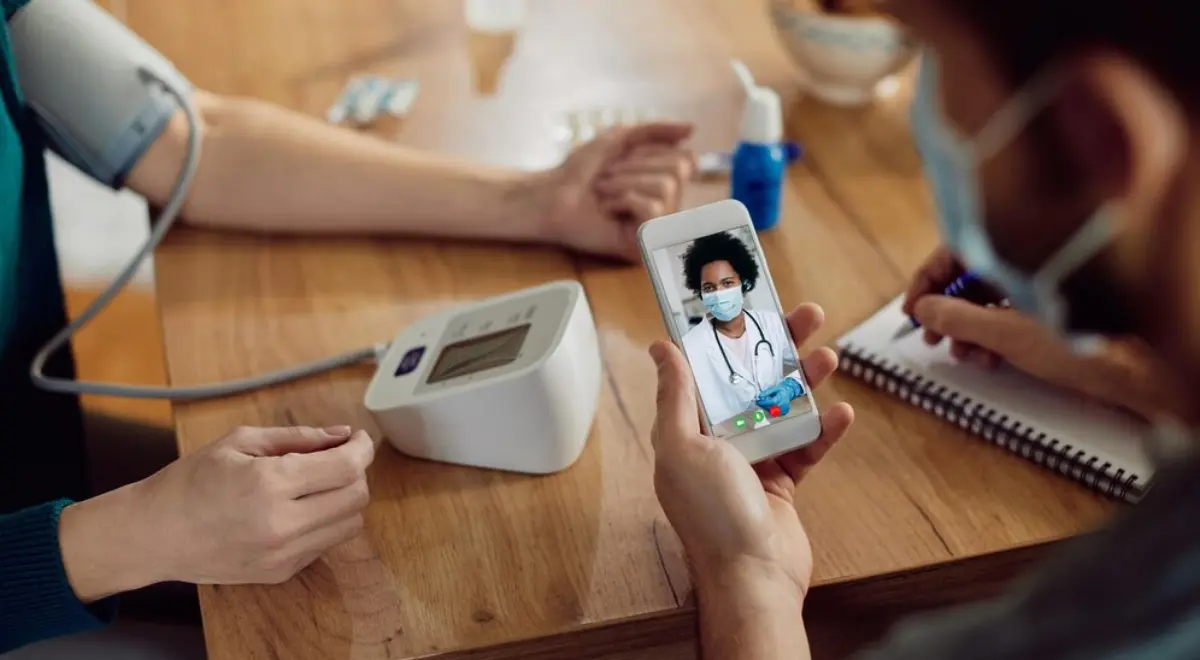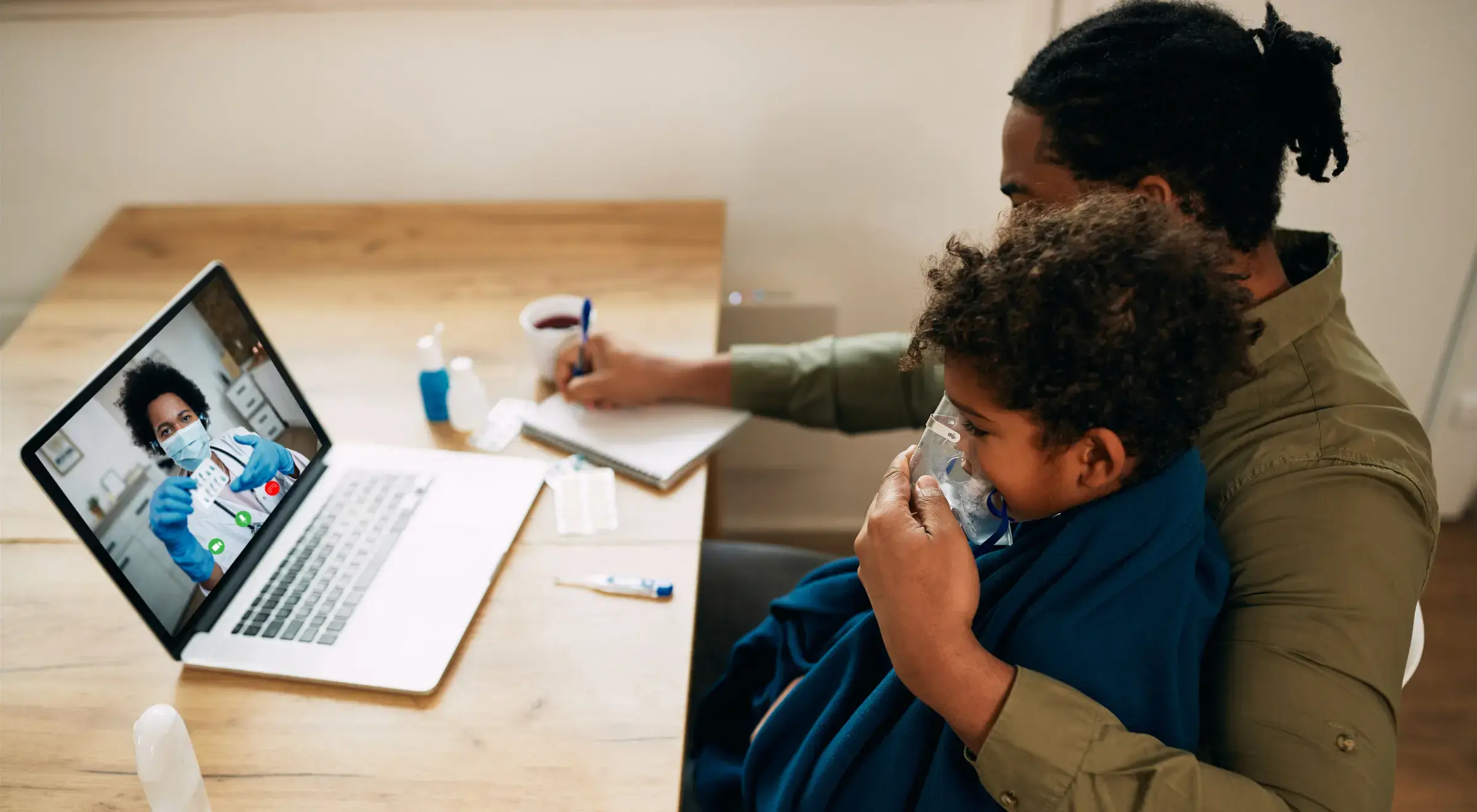Remote Care Reimbursements As Advised By CMS

Remote patient monitoring collects medical and other forms of health data from individuals in one location and electronically transmits that information securely to health care providers in a different location for assessment and recommendations. This not only helps a provider to track the healthcare data of their patients but also to intervene in case the condition of the patient worsens. Monitoring programs can collect a wide range of health data from the point of care, such as vital signs, weight, blood pressure, blood sugar, blood oxygen levels, heart rate, and electrocardiograms, etc.
In the past few years, hospitals and care experts are exploring new ways to manage a quickly aging population with complicated chronic health requirements. CMS has introduced CPT Codes to encourage effective and holistic care management including the beneficiaries with a single chronic condition. The focus of these codes is on the healthcare professionals who care for the patient’s unique health conditions and can be billed by any qualified care expert or trained healthcare expert who satisfies the code requirements.
Also Read: Top 10 Features Of The Best Chronic Care Management Companies
Inception (or story behind CPT Code 99091)
Centre for Medicare and Medicaid Services (CMS) published a 2-year study in 2017 describing why the program was necessary. The study proved crucial in the success of Chronic Care Management (CCM). To make the program efficient, more accessible, and flexible, CMS decided to promote remote patient monitoring.
Later in 2018, CMS released CPT Code 99091, a billing code for RPM reimbursements. CMS explained that this code included collection and interpretation of physiologic data (e.g., ECG, blood pressure, glucose monitoring) digitally stored and/or transmitted by the patient and/or caregiver to the physician or other qualified health care professional, qualified by education, training, licensure/regulation (when applicable) requiring a minimum of 30 minutes, every 30 days.
However, a closer look revealed that the CPT 99091 had serious shortcomings:
- It required the 30 minutes of service to be personally performed by the practitioner as opposed to clinical staff
- The maximum reimbursement was $57 per patient per month as compared to $74, which was reimbursed for a routine office visit (CPT 99213)
- It didn’t allow reimbursement for the costs involved in equipment setup and the patient training
These limitations lead to a rethink and CMS modified the Medicare Physician Fee Schedule (PFS) 2019 to add three brand new CPT codes for RPM reimbursement and then later, the fourth one in 2020.
New CPT Codes
The new codes brought some relief for the physicians and other healthcare experts as they were no longer responsible for managing the programs solely. Instead, Medicare was going to pay for the initial equipment setup, the devices required for patient education, and ongoing management of remote monitoring programs.
1. CPT Code 99453 (Patient’s Education and Equipment Setup)
- This includes remote monitoring of physiologic parameter(s) like weight, blood pressure, pulse oximetry, respiratory flow rate, etc. along with the patient education on the use of equipment
- A minimum of 16 readings on unique days is required for this CPT Code to be reimbursable
- This is a one-time reimbursement of $23 per patient
2. CPT Code 99454 (Kit Supply and Program Monitoring)
- This includes remote monitoring of physiologic parameters (s) like weight, blood pressure, pulse oximetry, respiratory flow rate, etc.
- A minimum of 16 readings on unique days per calendar month is required for this CPT Code to be reimbursable
- This is a monthly reimbursement of $75 per patient per month
3. CPT Code 99457 (Initial 20 minutes of Duration Tracking)
- This includes remote physiologic monitoring treatment management services, 20 minutes or more of clinical staff/physician/other qualified health care professional time requiring interactive communication with the patient/caregiver during the month
- This code requires at least 20 minutes of the monitoring period through interactive communication within a calendar month
- This is a monthly reimbursement of $58 per patient per month
4. CPT Code 99458 (Additional 20 minutes of Duration Tracking)
- This includes remote physiologic monitoring treatment management services, 40 minutes or more of clinical staff/physician/other qualified health care professional time requiring interactive communication with the patient/caregiver during the month
- This code requires at least 40 minutes of the monitoring period through interactive communication within a calendar month
- This is a monthly reimbursement of $58 per patient per month
Essential Requirements For Reimbursements
To qualify for the Centre for Medicare and Medicaid Services (CMS) reimbursements, the below requirements must be met:
- Medicare part B patients are required to pay 20% of copayment
- A minimum of 16 readings on unique days is required to be applicable for a billing period
- RPM services must be ordered by skilled physicians or other qualified healthcare experts
- Wireless data syncing for evaluation, analysis, and treatment is a must
Frequently Asked Questions (FAQ)
1. Does CPT Code 99457 require a phone or video interaction?
No. CPT Code 99457 requires any form of one-on-one interaction i.e., text message, email, audio, or video interaction work.
2. Is it every additional 20-minutes or just a one-time additional 20-minutes that would qualify for CPT Code 99458?
CPT Code 99458 accounts for every additional 20-minutes of interaction i.e., for every additional 20-minutes per patient in a month, the reimbursable amount increases by US$58.
3. Who is qualified to perform the RPM services according to the new CPT 99457?
The new CPT 99457 allows RPM services to be performed by the physician, qualified healthcare professional, or clinical staff. The clinical staff includes registered nurses and medical assistants (subject to state law scope of practice and state law supervision requirements).
4. Do all codes required at least 16 days of service?
CPT Codes 99453 and 99454 require at least 16 unique days of service in a month to get reimbursed. CPT 99457 run independently and require 20 minutes of interaction in a month to get reimbursed.
5. How do we track the timing and document for 99457 and 99458?
CMS has not clarified anything on this. RPM solutions such as HealthArc provide a dashboard that can compute the total minutes spent by a doctor on the patient in a month.
6. Are there several specific readings or measurements that are required each month to qualify for submission?
No, there are no specific readings required per month to qualify for submission. However, for CPT Codes 99453 and 99454 to become reimbursable, the patients need to take readings on at least 16 unique days in a calendar month.
7. Is there billing for CPT 99453 & 99454 independent of the billing for CPT 99457 & 99458?
Yes. CPT Codes 99453 & 99454 require at least 16 days of service in a month to get reimbursed. CPT Code 99457 requires 20-minutes (& CPT 99458 requires additional 20-minutes of interaction) in a month to get reimbursed.
Conclusion
The new CPT codes reflect a wider eyeing strategy to create a healthcare environment that is efficiently accessible, affordable, standard, empowered with technologies, and innovative. However, a trusted partner to automatically analyze all the reimbursement qualified patients every month along with thorough documentation to get the reimbursements processed is a must. That’s where HealthArc with its cutting-edge technology and easy-to-use interface for both patients and providers comes into the picture.
Schedule a demo today to learn more about billing for remote patient monitoring CPT codes.
Most recent blogs
Categories
- Advanced Primary Care Management
- Behavioral Health Integration
- Cellular Remote Patient Monitoring
- Chronic Care Management
- Chronic Care Management Billing
- Chronic Care Management CPT Codes
- Chronic Care Management Program
- Chronic Care Management Software
- Digital Health Platform
- Principal Care Management
- Principal Care Management CPT Codes
- Remote Care Programs
- Remote Monitoring Devices
- Remote Patient Care
- Remote Patient Monitoring
- Remote Patient Monitoring Billing
- Remote Patient Monitoring CPT Codes
- Remote Patient Monitoring Devices
- Remote Patient Software
- Remote Therapeutic Monitoring
- Remote Therapeutic Monitoring Billing
- Remote Therapeutic Monitoring CPT Codes
- Telemedicine & RPM
- Transitional Care Management
- Transitional Care Management Billing
- Transitional Care Management CPT Codes
Related Posts
- May 22, 2024 | Read Time: 5 mins
Remote Patient Monitoring (RPM) For Blood Pressure Management: How It Works?
- September 21, 2023 | Read Time: 5 mins





